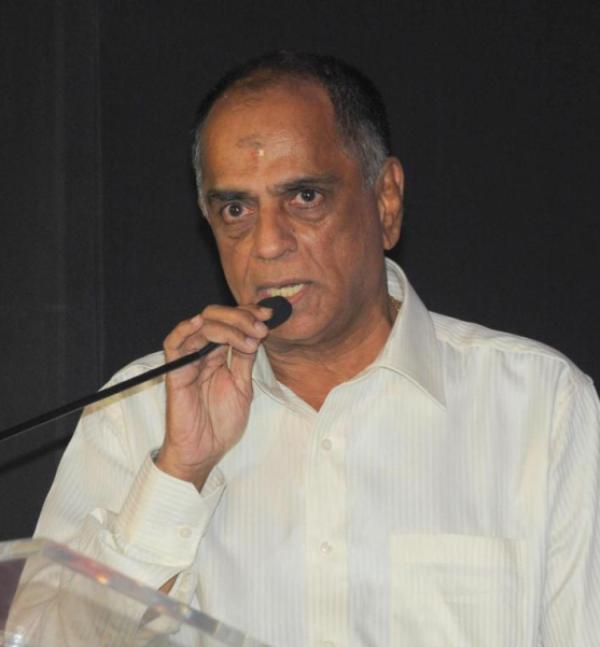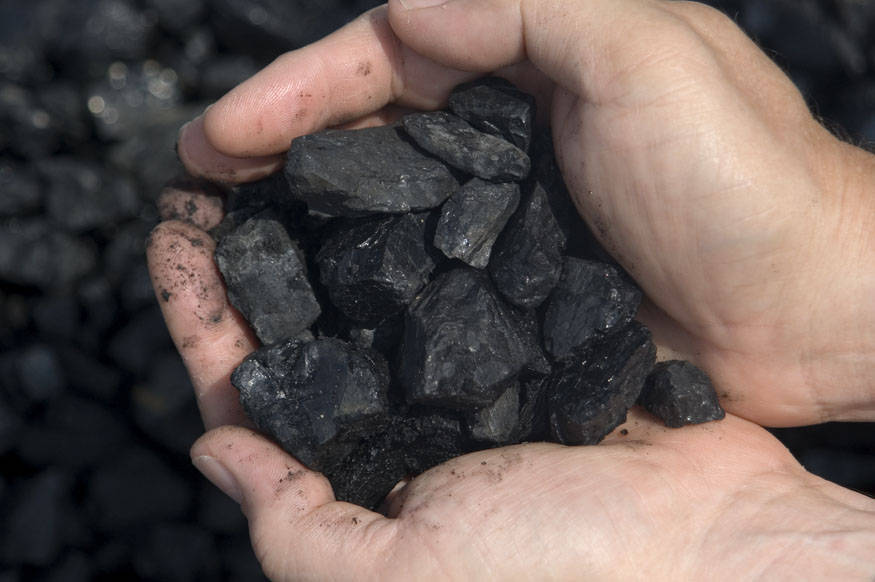The budget presented by finance minister Arun Jaitley on Saturday, February 28, 2015, leads me to ask—will the Reserve Bank of India(RBI) governor Raghuram Rajan cut the repo rate now? Repo rate is the rate at which the RBI lends to banks and acts as a sort of a benchmark to the interest rates at which banks carry out their lending business. Rajan had last cut the repo rate in January by 25 basis points(one basis point is one hundredth of a percentage) to 7.75%.
In the commentary that accompanied the interest rate cut, Rajan had said that the “key to further easing are data that confirm continuing disinflationary pressures. Also critical would be sustained high quality fiscal consolidation.”
What Rajan meant here was that further repo rate cuts would happen if inflation kept falling or remained where it was. At the same time he would expect the government to work towards bringing down its fiscal deficit. Fiscal deficit is the difference between what a government earns and what it spends.
The government finances the fiscal deficit through borrowing. If the fiscal deficit goes up, the government borrowing also goes up, leading to what economists call the “crowding out” of the private sector.
The government borrowing more, leaves a lower amount of money for others to borrow and in turn pushes up interest rates. Further, increased government expenditure is also likely to lead to higher inflation, with more money chasing the same number of goods and services. In fact, the recent era of double digit inflation that prevailed in the country was primarily because of the Indian government increasing its spending. Given this, it is very important that the RBI governor keep a watch on the fiscal deficit number.
When Jaitley had presented his first budget in July 2014 he had said: “My Road map for fiscal consolidation is a fiscal deficit of 3.6 per cent for 2015-16 and 3 per cent for 2016-17.” Hence, the impression he had given in July and in the months that followed was that the government would work towards bringing down fiscal deficit in the years to come.
But in the budget speech that he made on Saturday, Jaitley abandoned this promise. As he said during the course of the speech: “I will complete the journey to a fiscal deficit of 3% in 3 years, rather than the two years envisaged previously. Thus, for the next three years, my targets are: 3.9%, for 2015-16; 3.5% for 2016-17; and, 3.0% for 2017-18.”
In absolute terms, the fiscal deficit that Jaitley is targeting is Rs 5,55,649 crore, against the Rs 5,12,628 crore, during this financial year. The question how is that will Rajan cut interest rates now, given that Jaitley has postponed the fiscal consolidation plans. The first bi-monthly monetary policy statement for fiscal year 2015-16 is scheduled on April 7, 2015.
The Economic Survey presented a day before the budget on February 27, 2015, forecasts that the economic growth during 2015-2016 (period between April 1, 2015 and March 31, 2016) will be between 8.1-8.5%.
The survey lists a number of reasons to back this forecast: “In the short run, growth will receive a boost from lower oil prices, from likely monetary policy easing facilitated by lower inflation and lower inflationary expectations, and forecasts of a normal monsoon.”
As I have written a few times by now the ministry of statistics and programme implementation recently revised the way in which the gross domestic product is calculated. This revised method led to the economic growth for 2013-2014 being revised to 6.9% against the earlier 5%. In fact, using the new model the growth projected for 2014-2015 is at 7.4%.
The high frequency data that keeps coming out suggests otherwise. For the period October to December 2014, corporate profits on a whole fell. Car sales which are an excellent economic indicator remain muted and are only expected to go up by 3-5% during this financial year. Lending by banks is much slower than it has been over the past few years. Exports during the course of this financial year have gone up by only 2.44% to $258.72 billion. The indirect tax collections have risen by 7.4% during this financial year. When the budget was presented in July 2014, it was expected that indirect taxes would grow by 20.3%.
Other data appearing in the Economic Survey all suggest that all is not well with the Indian economy. “The stock of stalled projects at the end of December 2014 stood at Rs 8.8 lakh crore or 7 per cent of GDP,” as per the Economic Survey. While the rate of stalled projects has come down a little, it still remains very high.
Further, data in the Economic Survey shows that household savings (both physical and financial) have collapsed from 25.2% of the GDP in 2009-2010 to 17.8% of the GDP in 2013-2014. This is a huge collapse.
Household financial savings have fallen from 12% of the GDP to 7.2% of the GDP. High inflation that prevailed over the last few years is a major reason for the same. Inflation has been brought under control only very recently. What this means is that the Indian consumer might decide to rebuild his savings over the next couple of years instead of getting his shopping bags out. This means that the consumer spending may not pick up, as it is expected to. And if consumers go slow on spending, it doesn’t help businesses as well as the overall economy.
Nevertheless, it seems that the finance minister has bought in to these new growth forecasts. As he said during the course of his speech: “Based on the new series, real GDP growth is expected to accelerate to 7.4%, making India the fastest growing large economy in the world…We have turned around the economy dramatically, restoring macro-economic stability and creating the conditions for sustainable poverty elimination, job creation and durable double-digit economic growth. Domestic and international investors are seeing us with renewed interest and hope.”
Given the fact Jaitley is now talking about 10% economic growth, should Rajan really be cutting the repo rate? Now that’s something worth thinking about.
The column originally appeared on The Daily Reckoning on Mar 2, 2015



